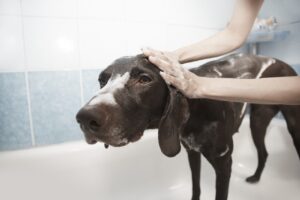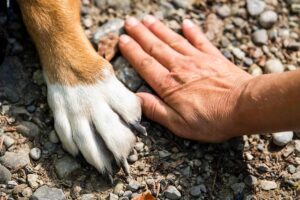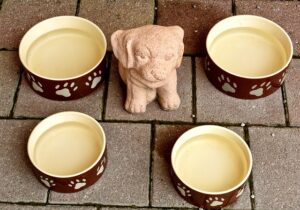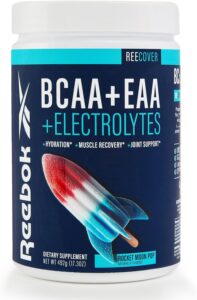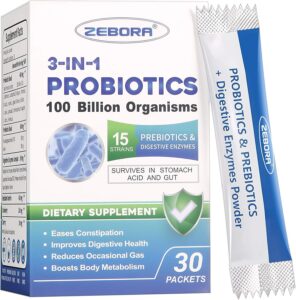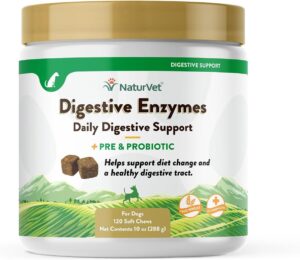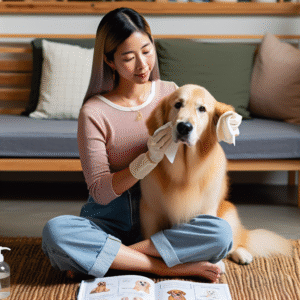
Tear stains in dogs are a common concern for pet owners, especially those with breeds prone to this condition. These stains are not only unsightly but can also indicate underlying health issues. This article provides a comprehensive guide on effective techniques for removing tear stains in dogs, ensuring their hygiene and overall well-being.
Understanding Tear Stains
Tear stains are reddish-brown streaks that appear under a dog’s eyes. They are typically more noticeable on dogs with light-colored fur. While tear stains are primarily a cosmetic issue, they can sometimes point to health problems that may need veterinary attention.
Causes of Tear Stains
Several factors contribute to tear stains, including:
- Excessive tearing: Overproduction of tears due to irritation, allergies, or blocked tear ducts can lead to staining.
- Yeast infection: The moist environment created by constant tearing can promote the growth of yeast, leading to discoloration.
- Genetics: Certain breeds, like Bichon Frises, Poodles, and Maltese, are genetically predisposed to tear staining due to the structure of their facial features.
- Diet: Poor-quality food and water, along with food allergens, can exacerbate tear staining.
- Health issues: Conditions such as ear infections, eye infections, or dental problems may contribute to excessive tearing.
Preventive Measures
The best approach to managing tear stains is prevention. Implementing certain practices can help reduce the risk of tear stains developing in the first place.
Regular Grooming
Consistent grooming is essential for maintaining your dog’s hygiene and preventing tear stains. Ensure that the hair around your dog’s eyes is trimmed to prevent irritation and facilitate easier cleaning. Using a fine-toothed comb, gently brush the fur to remove any debris or discharge that could contribute to staining.
Dietary Adjustments
A high-quality diet can significantly impact your dog’s overall health and appearance. Opt for grain-free and hypoallergenic dog foods to minimize allergic reactions. Additionally, ensure your pet has access to clean, filtered water, as minerals in tap water may contribute to staining.
Addressing Allergies
If allergies are suspected, consult with your veterinarian to determine the specific allergens affecting your dog. Implementing a hypoallergenic diet or prescribing antihistamines may be recommended to manage allergy-related tearing.
Cleaning Techniques for Tear Stains
If tear stains have already developed, there are several effective cleaning techniques you can employ to reduce their appearance.
Use of Tear Stain Removers
Commercial tear stain removers are formulated to break down and remove stains safely. When selecting a product, ensure it is vet-approved and free from harsh chemicals. Follow the manufacturer’s instructions carefully, typically involving applying the solution to a cotton pad and gently wiping the stained area.
Natural Remedies
For pet owners who prefer natural alternatives, several home remedies can help lighten tear stains:
- Apple Cider Vinegar: Adding a small amount of apple cider vinegar to your dog’s water can alter the pH balance, reducing tear production. Ensure the vinegar is diluted and introduced gradually to monitor tolerance.
- Saline Solution: A homemade saline solution can be used to gently clean the area around the eyes. Mix a teaspoon of salt in a cup of warm water and use a cotton pad to clean the stained fur.
- Coconut Oil: Coconut oil possesses natural antibacterial properties. Applying a small amount to the stained area can reduce bacteria and yeast growth while moisturizing the skin.
Regular Eye Cleaning
Incorporating regular eye cleaning into your dog’s grooming routine can help prevent and reduce tear stains. Use a clean, damp cloth or a pet-safe wipe to gently clean around the eyes daily. This practice helps remove discharge and prevents staining caused by tear build-up.
Consult a Veterinarian
If tear stains persist despite your efforts, it’s crucial to consult a veterinarian. Persistent staining may indicate an underlying health issue that requires medical attention. A veterinarian can conduct a thorough examination to identify any eye infections, blocked tear ducts, or other health concerns contributing to excessive tearing.
Professional Grooming Assistance
In some cases, enlisting the help of a professional groomer may be beneficial. Groomers are experienced in handling tear stains and can offer specialized treatments to improve your dog’s appearance. They also provide valuable tips and products to maintain your dog’s hygiene between grooming sessions.
Surgical Intervention
For severe cases where tear staining is caused by anatomical abnormalities, surgical intervention may be recommended. Procedures to correct blocked tear ducts or other structural issues can significantly reduce tear production and subsequent staining. This option should be thoroughly discussed with your veterinarian, considering the potential risks and benefits.
Conclusion
Managing dog tear stains requires a combination of preventive measures, effective cleaning techniques, and, in some cases, veterinary intervention. By understanding the causes of tear stains and implementing a consistent grooming routine, pet owners can significantly reduce the occurrence of these unsightly marks. Always prioritize your dog’s overall health and consult a veterinarian for persistent or concerning cases. With dedication and the right approach, your furry friend can enjoy a stain-free and healthy life.
#ChatGPT assisted in the creation of this article.





